Mocha
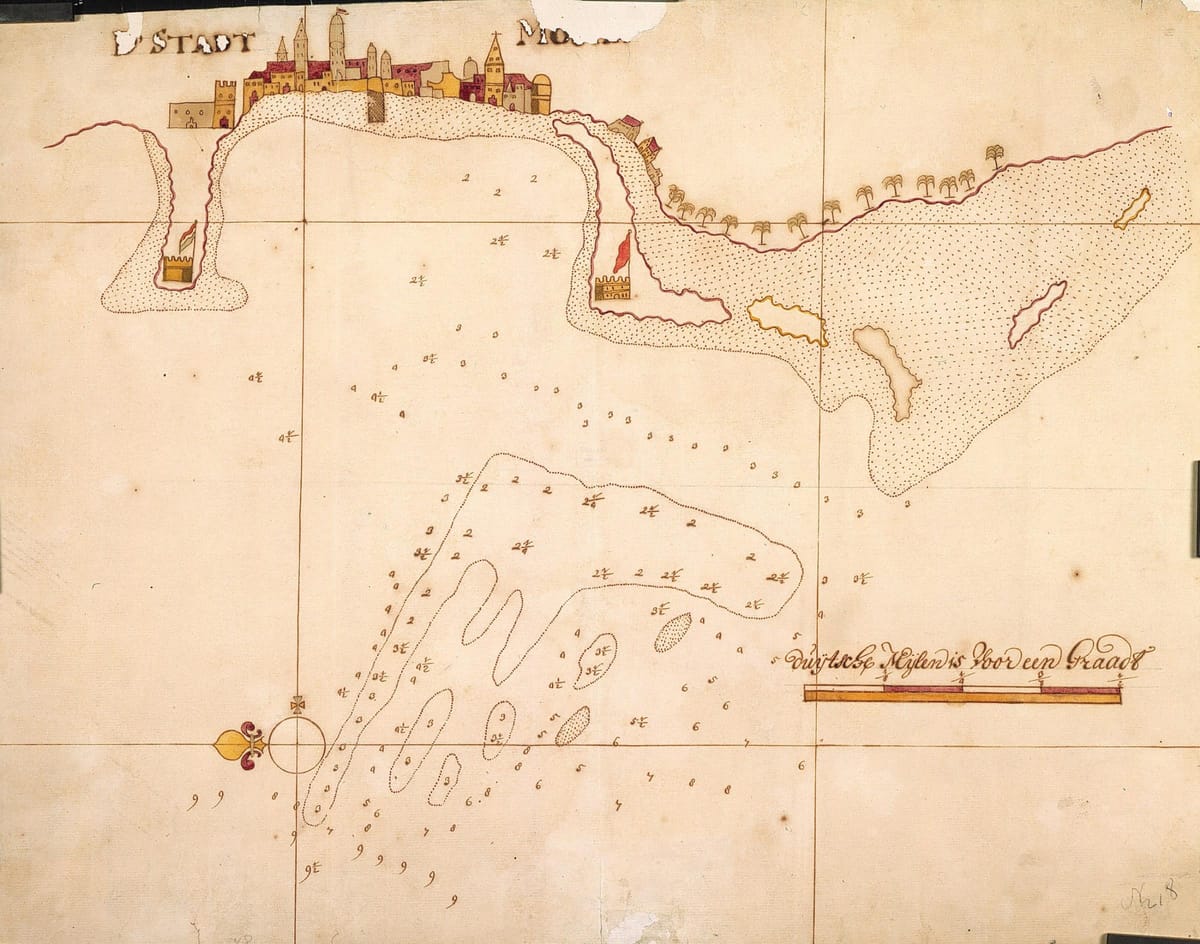
Al-Mukha is a port situated on the Tihama, a coastal plain of the Red Sea, in what today is the southwest of Yemen.
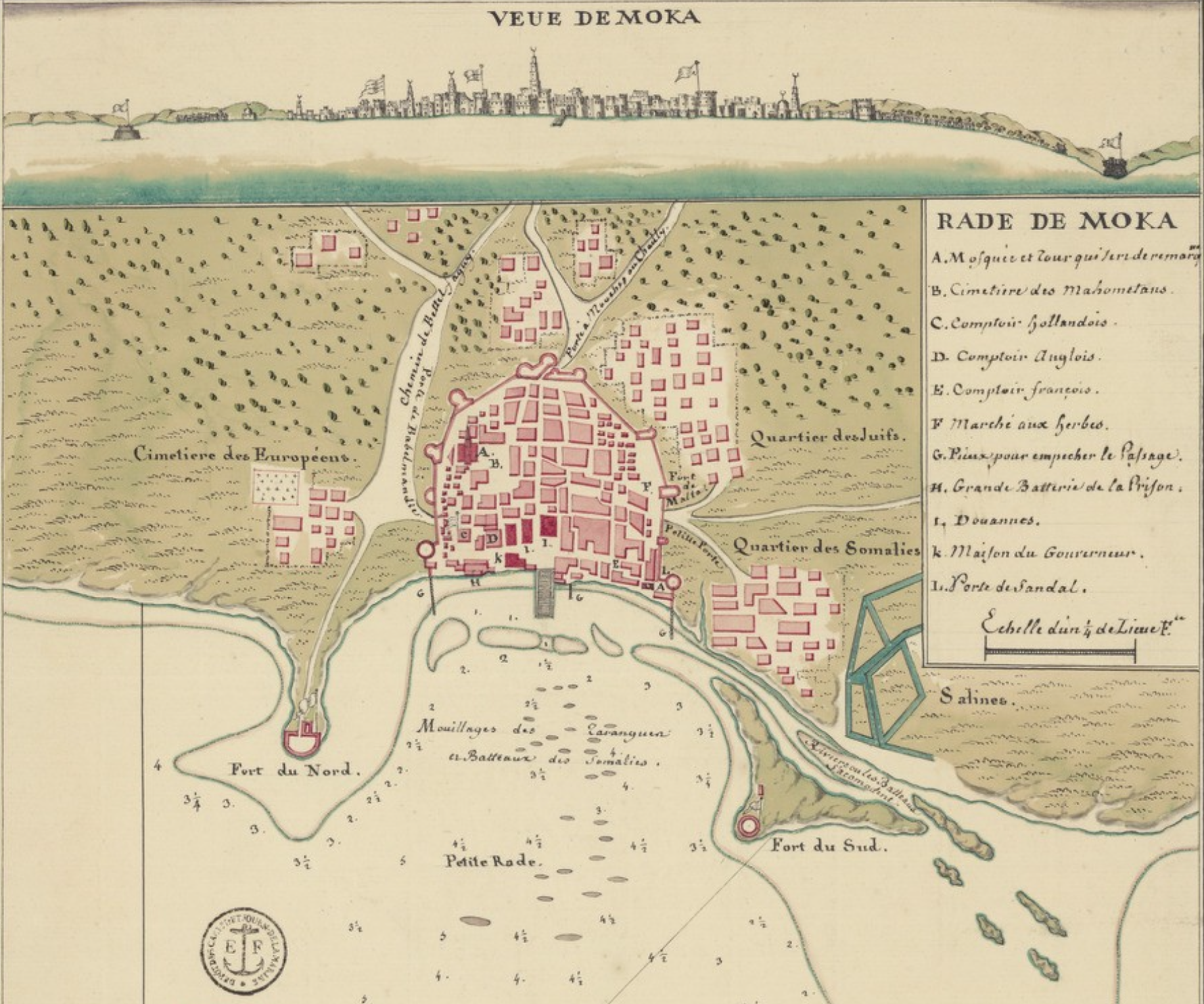
During the early modern period, it was a small but important trading post. Al-Mukha’s urban layout was oriented around trade: the port owed its existence to the natural bay which lay at its centre, and the town developed around this.
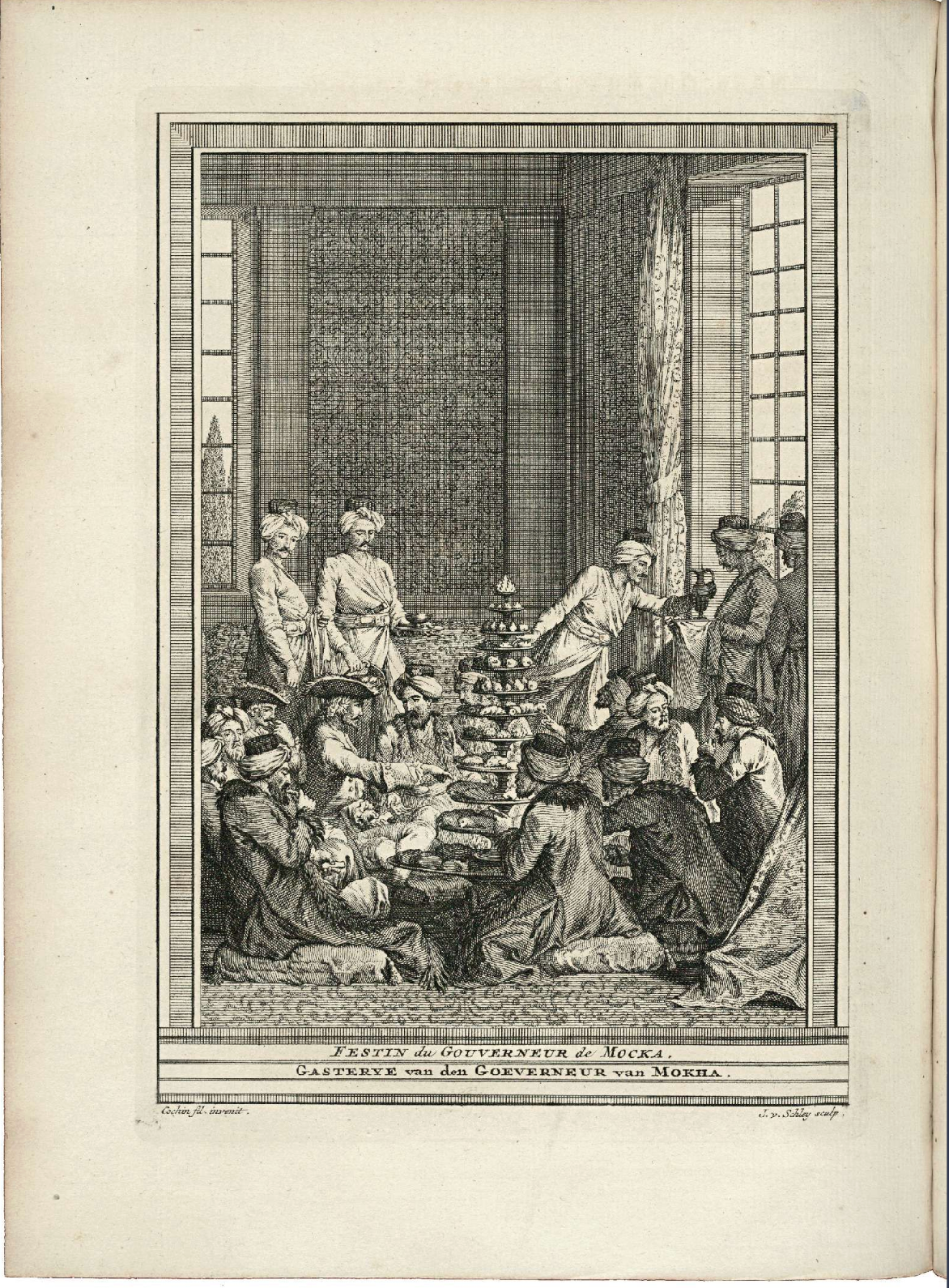
Long under Ottoman suzerainty, Al-Mukha flourished during the rule of an autonomous sultanate from the 1630s. According to one English traveller, the city around this period had more than six thousand dwellings, mostly made of stone. Like other ports of global Asia, Al-Mukha was home to a cosmopolitan community of Arab, Persian, Ottoman, African, Egyptian and Indian merchants. But the prospects of trade also attracted European traders, who developed commercial establishments there, starting with a Dutch ‘factory’ (trading post) which opened in 1618.
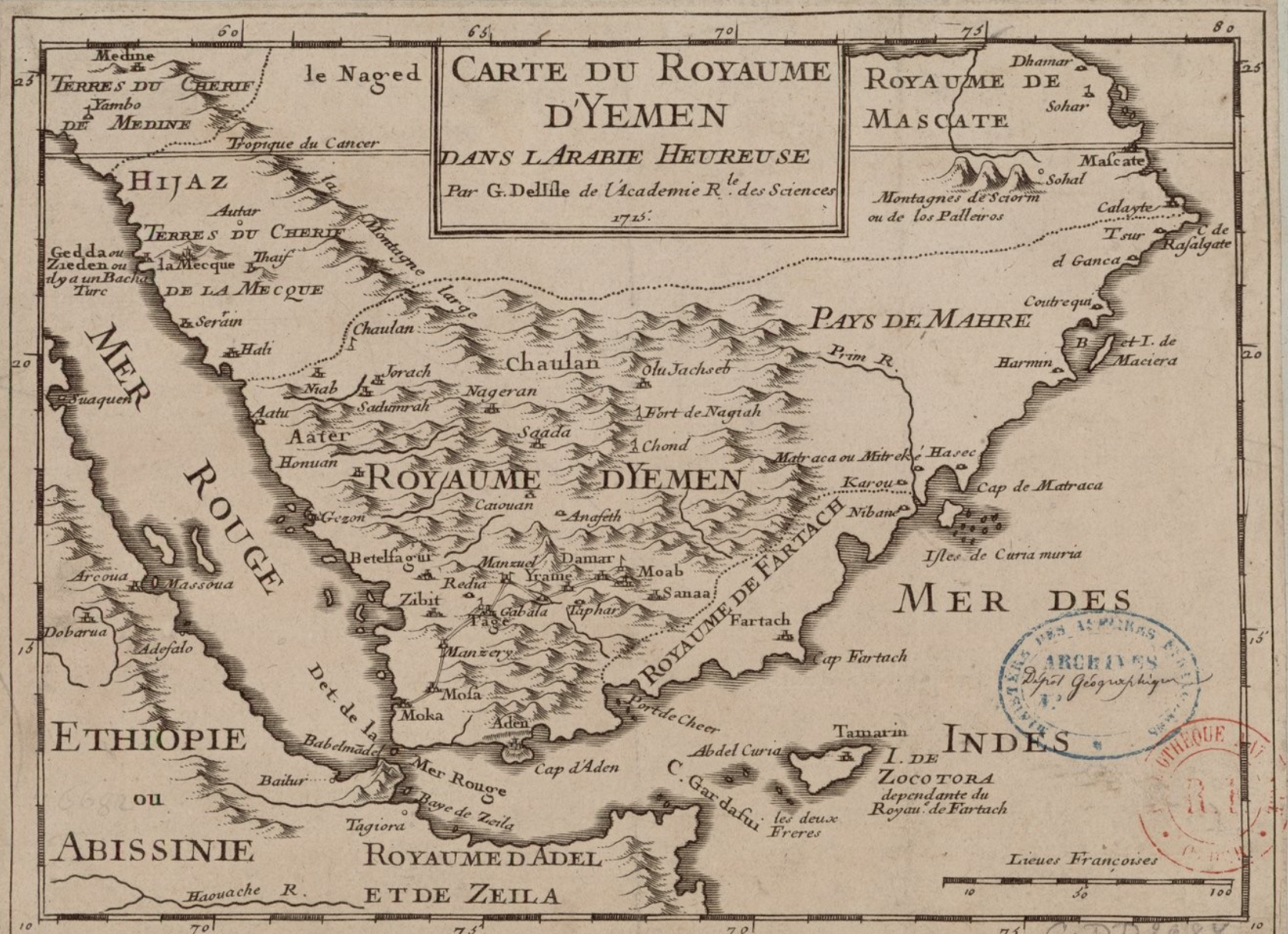
For European merchants of the seventeenth and eighteenth centuries, Al-Mukha was synonymous with ‘Arabia Felix’ — a vision of the region as one of abundance and enjoyment — and was a key node for the frankincense and myrrh trading routes. But the port city’s hinterland also extended beyond the Arabian Peninsula, given its role as a hub for broader maritime and landward trading networks. It was a lynchpin of caravan routes connecting this part of Yemen to Egypt, the Arabian provinces of the Ottoman empire, Persia and the Persian Gulf region. Its maritime connections extended in the Indian Ocean world from East Africa to the China seas.
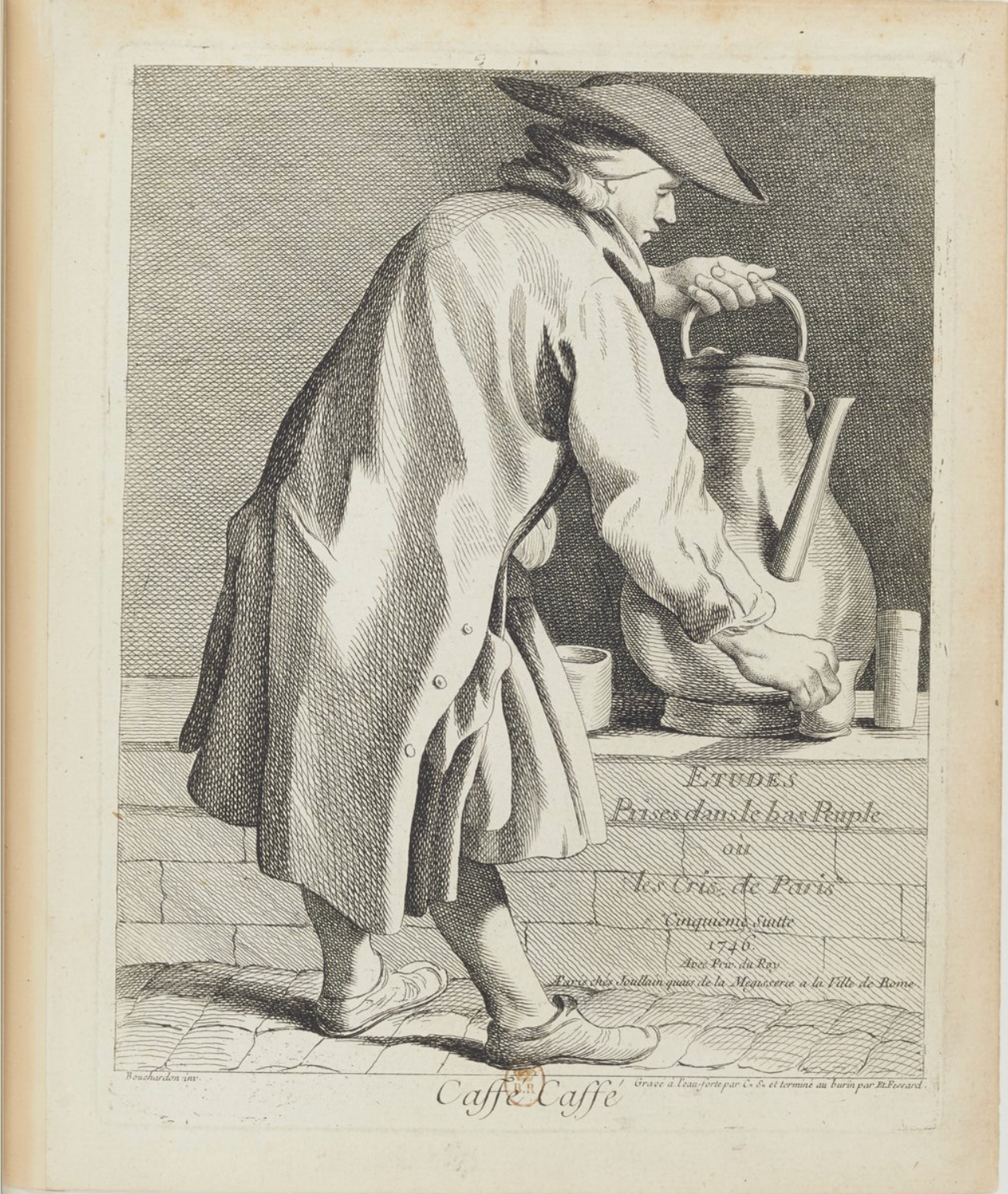
Al-Mukha prospered in the seventeenth and eighteenth century as a taste for coffee took hold of European societies. Coffee beans grown in the region’s highlands became the port city’s chief export and the term “mocha” became synonymous with high quality coffee. However, Al-Mukha was not just a coffee port. It was also an entrepot for a variety of commodities, including spices, textiles, dyestuffs, minerals, ivory, precious and semi-precious stones, aromatics and stimulants, tortoise shells and shark fins.

From the seventeenth century, coffee from Al-Mukha and neighbouring ports was sold not only to Europe but to Persia, India and the Ottoman empire. With the demand for coffee growing in Europe, the Dutch, the French and the British conducted various experiments in growing “Mocha” coffee in their emerging empires. Coffee plants from Yemen were shipped to Indonesia, to the Caribbean and to the island of La Reunion, where vast coffee plantations were then developed. Coffee beans from Al-Mukha were one of the first truly global commodities. While today most of the coffee beans come from Africa and South America, the association of coffee with the term “mocha” highlights how a small port in Yemen played a key role in this drink’s global history.
References
Nancy Um, The Merchant Houses of Mocha: Trade and Architecture in an Indian Ocean Port (Washington, 2009).
Nancy Um, Shipped but Not Sold: Material Culture and the Social Protocols of Trade During Yemen's Age of Coffee (Honolulu, 2019).
Michel Tuscherer, "Coffee in the Red Sea Area from the Sixteenth to the Nineteenth Century", in William Gervase Clarence-Smith and Steven Topik ed., The Global Economy in Africa, Asia and Latin America, 1500-1989 (Cambridge , 2003): 50-66.
C. G. Brouwer, The Al-Mukha Tryptich, 3 vol. (Amsterdam, 1997-2010).
